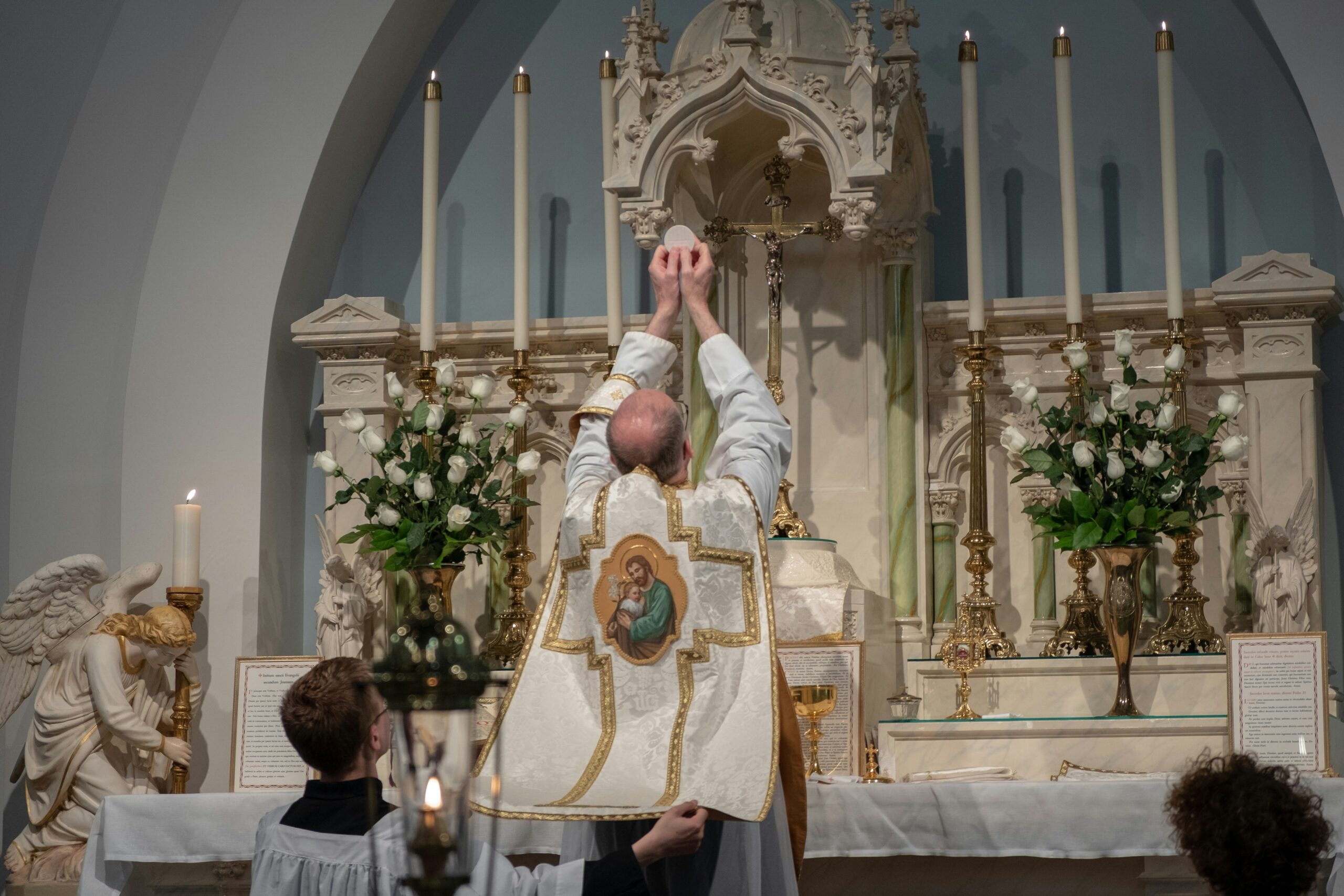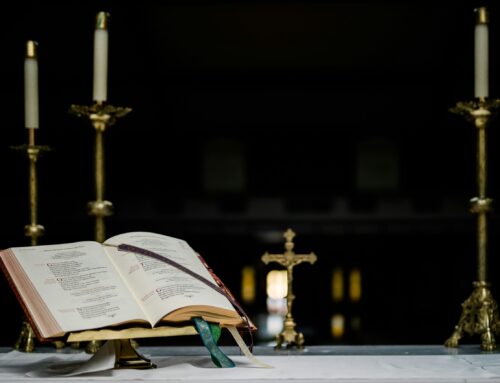The Latin Mass, also known as the Traditional Latin Mass or the Tridentine Mass, holds a special place in the hearts of many Catholics around the world. With its roots deeply embedded in the history of the Church, the Latin Mass offers a profound and reverent experience of the liturgy that has been cherished for centuries. In this blog post, we will explore the significance of the Latin Mass, its history, and why it continues to be an important and beloved form of worship for many Catholics today.
A Brief History of the Latin Mass
The Latin Mass, as we know it today, was standardized by the Council of Trent in the 16th century, leading to its name, the Tridentine Mass. This form of the Mass remained largely unchanged for over 400 years and was the universal liturgy of the Roman Catholic Church until the liturgical reforms of the Second Vatican Council (1962-1965). The Council introduced the Novus Ordo Mass, which allowed the use of vernacular languages and sought to encourage greater active participation by the laity. However, the Latin Mass continued to be celebrated by many who were deeply attached to its traditional form and the sense of continuity it provided.
The Structure and Elements of the Latin Mass
The Latin Mass is characterized by its use of Latin, the universal language of the Church, which lends a sense of timelessness and universality to the liturgy. The structure of the Latin Mass follows a well-defined order, which includes the following key components:
1. Introductory Rites: The Mass begins with the Prayers at the Foot of the Altar, where the priest and servers recite Psalm 42, expressing a deep sense of humility and repentance. This is followed by the Confiteor, a communal confession of sins, and the Kyrie, a series of invocations asking for God’s mercy.
2. Liturgy of the Word: The readings, including the Epistle and Gospel, are proclaimed in Latin, with the Gospel often accompanied by the chanting of the Gradual and Alleluia. The homily, usually delivered in the vernacular, provides a reflection on the readings and their application to the lives of the faithful.
3. Offertory: The Offertory prayers are rich in symbolism, as the priest offers the bread and wine, along with prayers for the Church and the faithful. The use of incense and the silent prayers of the priest underscore the sacredness of this part of the Mass.
4. Canon of the Mass: The heart of the Latin Mass is the Canon, or Eucharistic Prayer, which is recited silently by the priest. This ancient prayer includes the Consecration, where the bread and wine become the Body and Blood of Christ. The solemn silence during the Canon emphasizes the mystery and reverence of this sacred moment.
5. Communion Rite: The faithful approach the altar rail to receive Holy Communion, often kneeling and receiving on the tongue. This practice highlights the reverence and humility with which Catholics approach the Eucharist.
6. Concluding Rites: The Mass concludes with the Last Gospel, usually the Prologue of the Gospel of John, and the final blessing. The priest and servers then recess, and the faithful are encouraged to remain in prayerful reflection.
The Appeal of the Latin Mass
The Latin Mass continues to draw many Catholics for several reasons:
- Reverence and Sacredness: The solemnity and reverence of the Latin Mass create a sense of the sacred that many find deeply moving and spiritually enriching. The use of Latin, the ancient prayers, and the traditional rituals help foster a profound sense of awe and worship.
- Continuity and Tradition: For those who value the historical continuity of the Church, the Latin Mass serves as a tangible connection to the centuries-old tradition of Catholic worship. It offers a link to the faith of previous generations and the timelessness of the Church’s teachings.
- Beauty and Aesthetics: The Latin Mass is often celebrated with a heightened sense of beauty, including the use of Gregorian chant, incense, and elaborate vestments. This aesthetic appeal enhances the worship experience and draws the faithful into a deeper contemplation of the divine.
The Latin Mass is a treasure of the Catholic Church, offering a deeply reverent and beautiful form of worship that has stood the test of time. Whether you are a lifelong attendee or curious to experience it for the first time, the Latin Mass invites you to enter into the mystery of the Eucharist with a sense of awe and devotion. It is a powerful reminder of the rich heritage of our faith and the unchanging truths that continue to inspire and guide us in our journey with God.
To grow deeper in love with Christ, listen to the Holy Sacrifice of the Mass on one of our 5 livestreams, or download the Catholic Radio Network app.




Leave A Comment